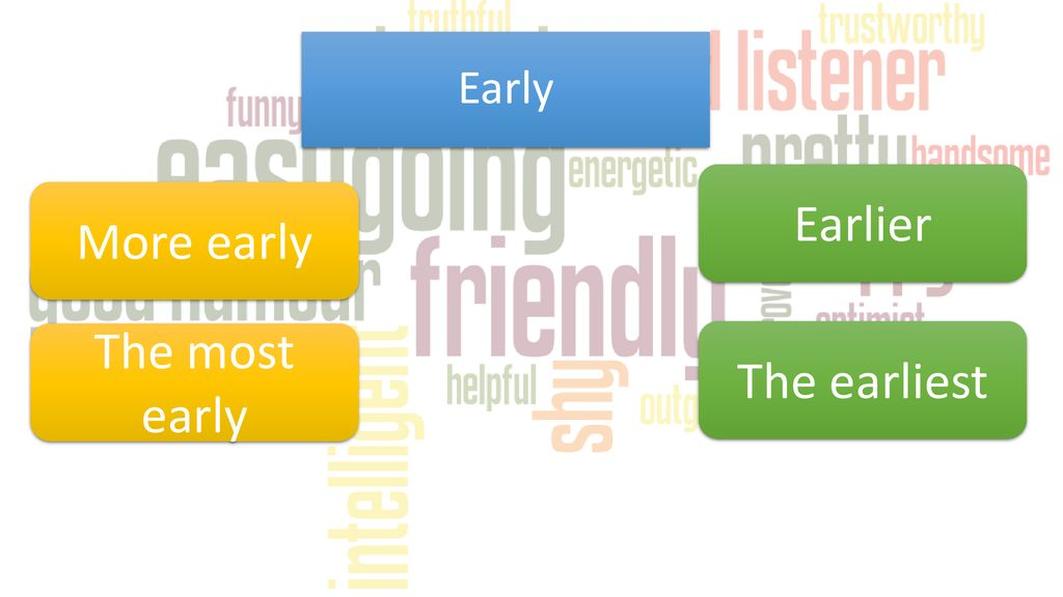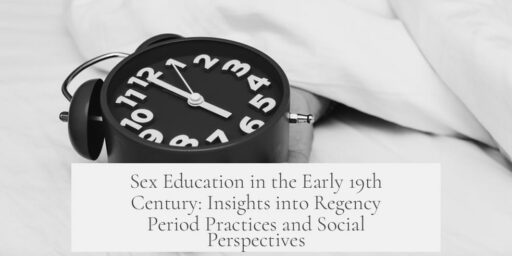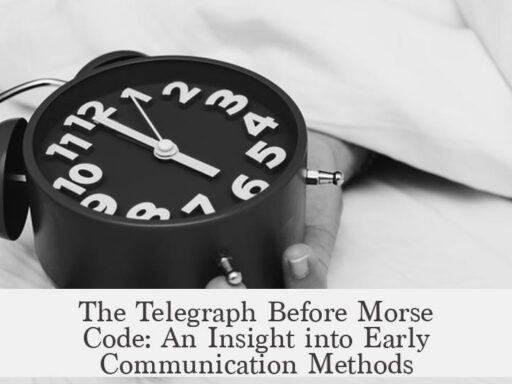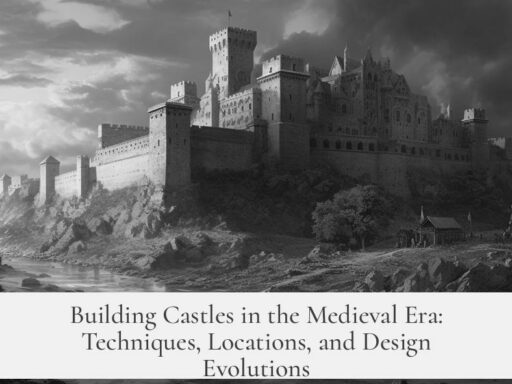Sex education in the early 19th century, especially during the Regency period, was informal, candid, yet limited by evolving social norms. Young people, particularly of the upper classes, usually had a practical awareness of sex and reproduction. This understanding arose through conversation, literature, and observation rather than formal instruction. Women exchanged knowledge within private circles, while men often learned through experience, including visits to brothels in urban centers like London.

During the Regency and the broader Georgian era, awareness of sex was more open than in the later Victorian period. The Victorian era developed a reputation for prudishness and euphemism, but the Regency was comparatively matter-of-fact about sexuality. Discussions about prostitution, illegitimacy, and sexual relationships formed part of everyday social consciousness, even if personal conduct was expected to be restrained until marriage.
Popular literature provides a rich window into contemporary understandings of sexuality. Novels from the 18th and early 19th centuries often include explicit or implicit treatment of sexual topics. For example, Henry Fielding’s The History of Tom Jones, A Foundling (1749) features a protagonist born out of wedlock who himself engages in several extramarital encounters. Frances Sheridan’s The Memoirs of Miss Sidney Bidulph (1761) details a character’s pregnancy outside marriage. Samuel Richardson’s Pamela (1741), a bestseller of the time, explicitly portrays the employer’s attempts to seduce the heroine. These details imply that readers had at least a practical knowledge of sexual relations and consequences.

Sex work and courtesans were openly acknowledged in fiction and society. Famous mistresses were often public figures, and aristocratic scandals involving elopements and divorces were widely covered by newspapers and caricatures. This exposure contributed to a societal familiarity with sexual topics uncommon in later 19th-century British culture.
The later Victorian period sharply contrasts with this openness. Pregnancy was virtually always veiled in euphemism, and subjects such as adultery or prostitution were carefully obscured or omitted in literature. Sexual knowledge became more repressed, reflecting shifting moral standards.

Jane Austen’s novels symbolically bridge these two eras. Her works, spanning the late 18th and early 19th centuries, feature characters and situations revealing an awareness of sexuality—where seduction, loss of virtue, or venereal disease appear as plot elements, though often presented with subtlety. For example, the fate of characters like Eliza in Sense and Sensibility or Lydia Bennet in Pride and Prejudice addresses sexual behavior and its consequences with a balance of discretion and frankness.
Changing views of women and family influenced sexual education and attitudes. Enlightenment and eighteenth-century cultural shifts emphasized women’s softness, maternal instincts, and the family’s importance. By the early nineteenth century, women were increasingly idealized as guardians of domestic virtue, and maternal roles became central to female identity. Families moved toward affectionate parenting styles, focusing on emotional bonds rather than strict discipline.

The social consequences of sexual immorality hardened during this period. Women who abandoned home or bore illegitimate children faced both social and moral condemnation. Royal and aristocratic examples shifted to emphasize domestic fidelity. By the 1830s, scandals that might previously have been ignored or joked about began generating serious public crises, illustrating growing intolerance toward sexual transgressions.
This period also marked a refinement in ideology, portraying women as more susceptible to feelings and love, but less driven by physical desire. Such ideas complicated the concept of femininity and sexuality.

Formal sex education was rare, especially compared to modern standards. Instead, knowledge was transmitted informally. Upper-class young women learned about sexual mechanics through conversations with mothers, sisters, or friends, usually when preparing for marriage. Men often acquired practical understanding by navigating the bustling urban sexual marketplace. Prostitution was visible, and brothels served as venues where young men might learn through experience.
Some modern portrayals exaggerate ignorance among young women in the early 19th century. For instance, suggestions that characters like Penelope Featherington and Eloise Bridgerton would be unaware of the basic causes of pregnancy do not align with historical realities. People understood that sexual intercourse between a man and a woman led to pregnancy, even if details of reproduction remained partly unclear or discreet.

- Sex education was informal and based on experience or private communication.
- Regency-period literature openly reflected knowledge of sex, illegitimacy, and prostitution.
- Attitudes shifted after the Regency, leading to Victorian prudishness and euphemism.
- Women’s roles increasingly emphasized domesticity, maternal care, and moral virtue.
- Upper-class young people were aware of sexuality before marriage, often learning from family or social environments.
- Public scandals became less tolerated as society idealized sexual morality.
- Contemporary fiction helps to understand perceptions of sex education and social norms in the Regency era.
What Was Sex Education Like in the Early 19th Century?
In the early 19th century, sex education was informal, limited, but far from innocent or naïve. Contrary to popular belief, especially the Victorian-era stereotype of prudishness, young people in the Regency and Georgian periods had a surprisingly direct awareness of sex, reproduction, and even prostitution. Yet, this knowledge wasn’t taught in schools or through official channels the way modern sex education is. Instead, it was absorbed through social context, literature, private conversations, and the occasional whispered scandal.
Ready to take a trip back to a time of corsets, carriages, and clandestine conversations about “the birds and the bees”? Let’s unravel how early 19th-century society approached what we now call sex ed.
The Regency Period: Less Innocent Than You’d Think
Forget the Victorian image of blushing maidens and hushed secrets about reproduction. The Georgian and Regency eras were surprisingly open about sexual matters — at least in terms of awareness. Young people often knew about sex and the realities of reproduction well before marriage. This understanding wasn’t sugar-coated for shock or scandal’s sake but came from the culture itself.
How do we know this? Literature is a stellar window into the era’s mindset. Popular novels didn’t shy away from addressing illegitimacy, seduction, and even prostitution explicitly. For example, Henry Fielding’s The History of Tom Jones, A Foundling (1749) features a protagonist who is an illegitimate child and has his own extramarital affairs.
Samuel Richardson’s Pamela (1741) even spells out, rather candidly for the time, the lengths a man might go to seduce an innocent young woman. And sex workers weren’t invisible either; they were often public figures in their own right — aristocratic mistresses and courtesans known across social circles.
How Early 19th-Century Literature Reflected Social Realities
Stories about out-of-wedlock pregnancies, elopements, and scandals were common and didn’t always result in harsh judgment of illegitimate children. Instead, readers were expected to understand the social stigma attached to the parents’ actions while sympathizing with the children.
Jane Austen’s novels offer an intriguing glimpse into this transitional period. In Sense and Sensibility, characters like Eliza I are discreetly discussed as fallen women. In Pride and Prejudice, the narrator bluntly suggests that Lydia Bennet becoming a sex worker would be unsurprising to society. Even Emma slyly references venereal disease through riddles shared amongst characters.
Isn’t it fascinating? While explicit “lecture-style” education was absent, social texts and rumors effectively served as a type of informal schooling. The lesson? If you’re curious, fiction and gossip have you covered.
Changing Gender Views and Family Structures
By the late 18th and early 19th centuries, attitudes toward women and family life were evolving. Previously admired figures like Margaret of Anjou, seen as powerful and formidable, were reinterpreted as delicate and maternal role models by the 1790s. Women who remained unmarried were increasingly viewed as unnatural or even monstrous rather than heroic.
This shift was part of a broader cultural turn toward emphasizing women’s softness, maternal instincts, and duties to conform to societal norms. Conduct books encouraged parents to treat children with affection and warmth instead of rigid authority. This change influenced how families approached sex, morality, and scandal.
From Scandal to Sin: The Moral Tightening of Society
Scandals in the early 19th century were real and often public, but attitudes hardened as the century progressed. The Georgian acceptance or tolerance of extramarital affairs gradually gave way to strict moral judgment. By the reigns of William IV and later Queen Victoria, domestic fidelity was championed as ideal, with royal role models reinforcing societal expectations.
It’s worth noting that around 1836, public figures like Prime Minister Lord Melbourne faced crises over accusations of adultery, a situation unthinkable fifty years earlier when such stories would provoke laughter, not outrage. This marked a cultural shift where illegitimate children and adulterous acts were no longer accepted as unfortunate realities but symbols of true sinfulness.
Informal and Peer-Based Sex Education
If no formal lessons existed, how did young people learn about sex? The answer: from each other and their environments.
- Upper-class and upper-middle-class women often shared knowledge about sexual mechanics informally, particularly mothers educating daughters before marriage.
- Contrary to the apocryphal “just lie back and think of England,” these conversations were practical, frank, and necessary.
- Affluent young men, especially in bustling cities like London, might learn by visiting brothels or hearing frank talk amongst peers.
This peer and experiential learning contrast starkly with later Victorian prudishness, where even modest pregnancy hints were taboo in fiction, replaced by vague references or coded language. Divorce and sex work became nearly invisible subjects, carefully avoided in mainstream media.
Busting Modern Myths: A Call-Out to Fictional Depictions
Take the popular show Bridgerton, which presents characters as shockingly naïve about sexuality. In reality, young women like Penelope Featherington or Eloise Bridgerton would certainly understand that pregnancy happens because of a sexual encounter between a man and a woman. There was no magical miracle or mystery involved, even if the biology wasn’t commonly dissected in scientific terms.
Such dramatic gaps in knowledge portrayed for entertainment often distort our understanding of historical realities. Sex education might’ve been informal, but it wasn’t rooted in ignorance.
So, What Can We Learn From All This?
The early 19th-century approach teaches us that sex education isn’t just about formal classes or textbooks. Instead, culture, literature, family dynamics, and social attitudes play crucial roles. These influence how young people form their understanding of sex and morality.
Is there a lesson for today’s society? Perhaps, yes. While formal sex ed is vital, ignoring informal channels or the cultural context risks missing nuances. After all, Regency relatives managed to provide quite a bit of “curriculum” through storytelling, cautionary tales, and discreet advice.
Practical Tips Inspired by Regency-Era Sex Education
- Embrace Open Conversations: Young adults benefit from straightforward talk—not vague euphemisms or scary warnings.
- Use Stories Wisely: Fiction and real-life examples help illuminate complex topics by making them relatable.
- Allow Curiosity: Just as Regency youth learned through literature and peers, encourage questions to foster healthy understanding.
- Recognize Social Influences: Family values and community attitudes shape knowledge as much as facts do.
Of course, we should acknowledge the limits. The era’s “education” was uneven and often biased—focusing on women’s roles as mothers and moral gatekeepers, sometimes at the expense of their autonomy and comprehensive scientific knowledge. Yet, it was an honest and pragmatic recognition of human nature that contrasts sharply with later prudish denial.
In Conclusion: Beyond the Corset of Innocence
The early 19th century wasn’t a time of sheltered ignorance about sex. Instead, it was a period of pragmatic, if informal, understanding, shaped by evolving social norms, literature, and family dynamics. It reminds us that sex education, in any age, is a blend of knowledge, experience, and culture.
So next time you picture Regency youths, imagine them leaning over the parlor fire, sharing riddles about venereal disease or swapping candid stories—not coy virgins fainting at the mere hint of romance. That’s a sex education story worth telling!




